MSc Students

Catherine Chavez (UofS). Supervised by Derek Peak.
My research focuses on adsorption kinetics of phosphates onto iron-oxide mineral surfaces using ATR-FTIR spectroscopy. I will be studying a variety of phosphorus compounds adsorption to ferrihydrite at different pH levels and concentrations. Competitive components such as enzymes or organic compounds that would compete with P compounds on the surface will also be added. This will help determine the adsorption of compounds found in common fertilizer in various chemical scenarios.
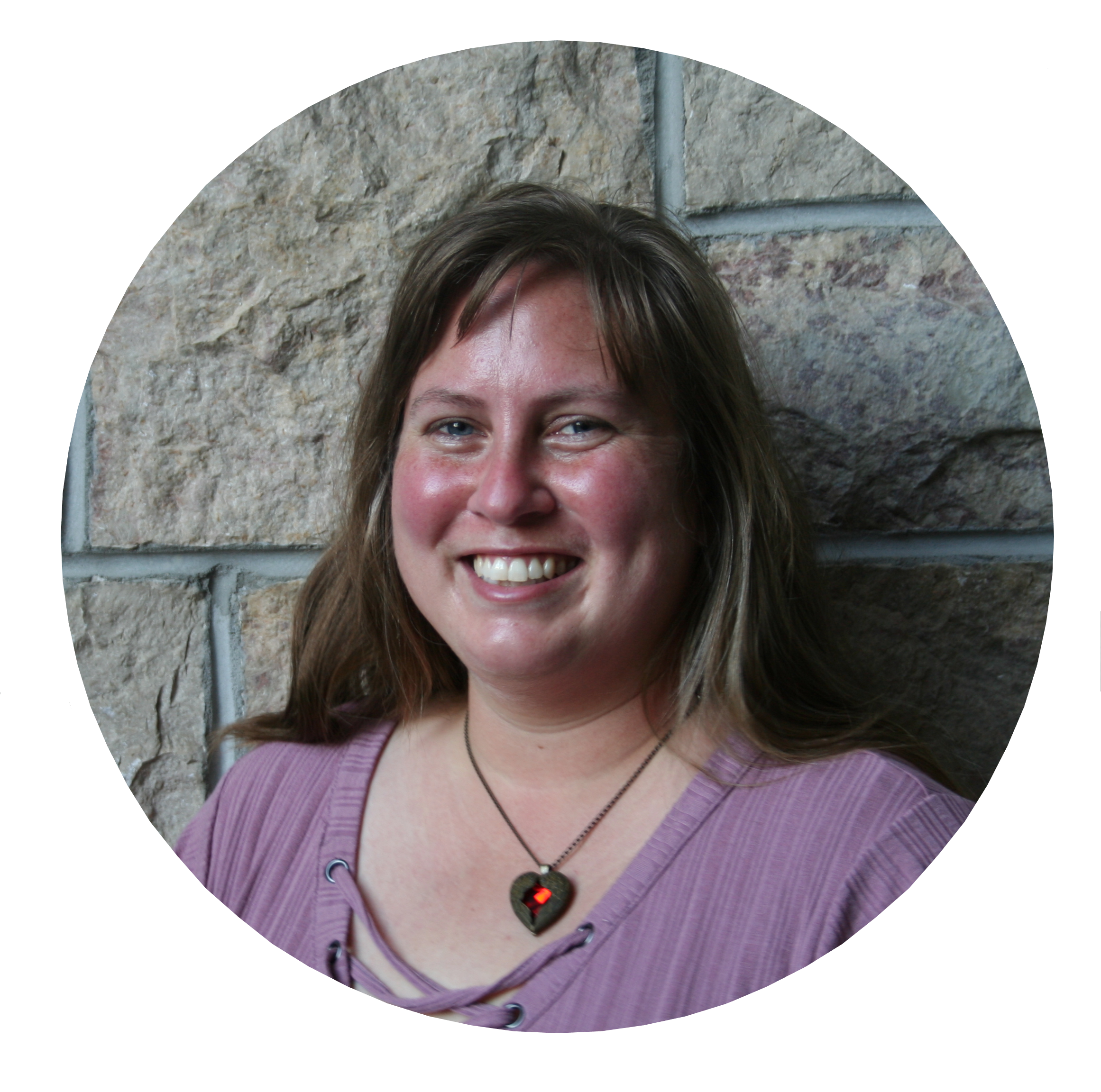
Anel Dannhauser (UofS). Supervised by Jeff Schoenau.
The title of my MSc project is 'Biochar & ash amendments on prairie soils to improve soil properties, productivity and reduce nutrient loss in runoff'. The research will look into the use of bioenergy by-products in combination with phosphorus fertilizer to improve productivity/fertility, improve soil-water relations and investigate whether biochar will reduce the nutrient runoff load in snowmelt. In addition, the effectivity of biochar as a carbon sequestration method will be investigated.
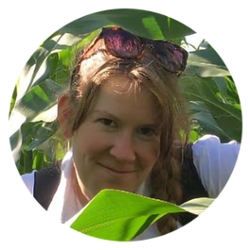
Patricia Hanuszak (UBC). Supervised by Sean Smukler.
The focus of my research is to analyze the nitrogen and phosphorus dynamics following the incorporation of 4-year grassland set-aside (GLSAs) field. Farmers in Delta use GLSAs to remediate their soils, but the impact of GLSAs on nutrient cycling once incorporated is not well understood. Farmers are currently applying fertilizer at the same rate to fields that have recently had GLSAs incorporated as fields that have not. This practice could be leading to over or under fertilization. I will be sampling bi-monthly 8 paired fields for plant available nitrogen and phosphorus while the GLSA biomass undergoes decomposition in the presence of annual crops; such as potato, barley, corn, and peas.

Gleb Kravchinsky (UofA). Supervised by Miles Dyck.
Gleb is investigating the water balance of a phosphogypsum stack at Fort Saskatchewan Nutrien operations. Phosphogypsum is a by-product of phosphorus fertilizer production and is piled into large stacks that eventually require reclamation. In order to help quantify the residence time of waters percolating through the stacks, the water balance will be modeled using a distributed hydrological model based on Richards Equation. Various model inputs, like vegetation parameters, soil characteristics and climate data, are gathered by instrumentation of the study area. Lab experiments are also used in order to measure additional soil properties that would be critical in determining the water balance.
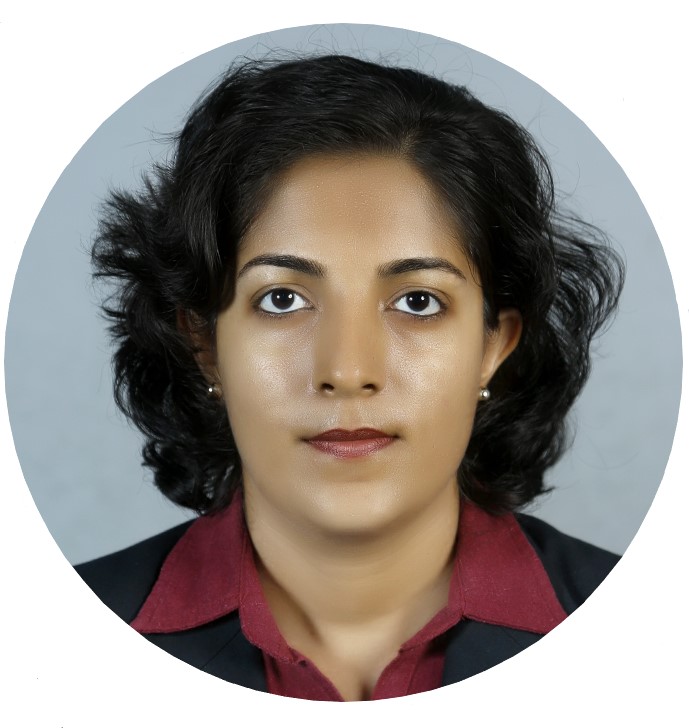
Manushi Henagama Liyanage (UofM). Supervised by Francis Zvomuya.
My MSc research project is titled “Potential of struvite as a source of phosphorus in Manitoba crop rotations”. Struvite has the potential to decelerate the accumulation of phosphorus (P) in soils and its subsequent flow to surface water since it has slow-release properties. The overall objective of this research is to assess the capability of struvite to benefit a subsequent crop following different green manure crops in typical crop rotations in Manitoba. The key interests are to determine the most promising combinations of green manure crops and the timing of P fertilization to enhance soil P dynamics and P use efficiency in the crop sequences.

Emmily MacDonald (UofA). Co-Supervised by Miles Dyck & Simon Landhausser.
The premise of my research is to determine the rooting depths and viability of different vegetation; grass, trees, and shrubs, as reclamation options for phyto-capping phosphogypsum stacks. Ensuring that vegetation used as phyto-caps are sustainable and cost-effective, while reducing the risks associated with phosphogypsum is the long-term objective of this project. This research hopes to benefit countries experiencing issues related to the disposal of phosphogypsum from phosphate fertilizer production and provide insight into alternative phytocapping measures.

Monica Mogrovejo (UofS). Co-supervised by Steven Siciliano and Darren Korber.
My research is focused on the analysis of biodegradation microbial communities in soils contaminated with benzene. The major goal of my project is to understand and compare the microbial communities between soils with active biodegradation and soils where the biodegradation is stalled.

Alejandro Alvarez (UofS). Supervised by Steven Siciliano.
My project is focused on the development of a sustainable remediation system in soils contaminated with Petroleum Hydrocarbons (PHC). The main research goal is to assess the viability of gravel as a diffusing material of a biostimulatory solution to enhance aerobic and anaerobic microbial degradation in soils with high concentrations of benzene. Adsorption studies, microbial activity, and PHC degradation rate measurements will be performed in lab-scale systems.
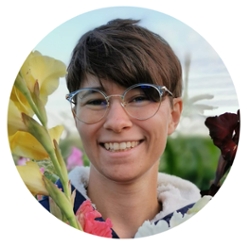
Jocelyn Thresher (UofS). Co-supervised by Natacha Hogan and Markus Brinkmann.
My research aim is to assess, and compare, hormonal activity in soil and surface runoff water from (constant rate vs. precision rate) cattle manure applied fields.

Tianqi Zhou (UofS). Supervised by Melissa Arcand.
Tianqi's research focuses on nitrogen use efficiency of canola. He will study the enzyme activities of different canola genotypes under contrasting nitrogen applications. The goal is to determine which canola genotype responds most efficiently to nitrogen addition.

Jingyu Zhang (UofA). Supervised by Miles Dyck.
My research looks at the long-term effects of crop rotation and fertilizer applications on soil health and crop productivity in Alberta. Overall, it is the assessment and comparison of soil health indicators in the context of long-term management practices. My main goals are linking soil health indicators to crop yields and exploring the effects of fertilizers and rotation practices on soil health indicators: total carbon and light fraction carbon in aggregates, the soil moisture retention curve, and microbial community composition.
PhD Students

Adedamola Adedokun (UofS). Supervised by Steven Siciliano.
My research investigates how soil factors such as habitat quality drive toxicodynamic behavior in soil invertebrates after exposure to chemical stress - with a focus on carbohydrate metabolism. This involves the use of transcriptomics to observe changes in gene expression and linking those changes to biochemical and physiological indicators.

Daniel Adejumo (UofS). Supervised by Derek Peak.
Daniel’s research study will explore the effectiveness of Visible Near Infra-Red (Vis-NIR) spectroscopy as an economical, sustainable, and environment-friendly alternative to the conventional methods of soil analysis. This study is suggested by the urgency commanded with the use of laborious, expensive, time-consuming, destructive, and environment-unfriendly methods of soil organic carbon and nitrogen analysis. Daniel's study aims to develop a suitable multivariate calibration model that will improve the efficacy and accuracy of in-situ Vis-NIR spectrophotometer for agricultural, soil health, and environmental management practices.
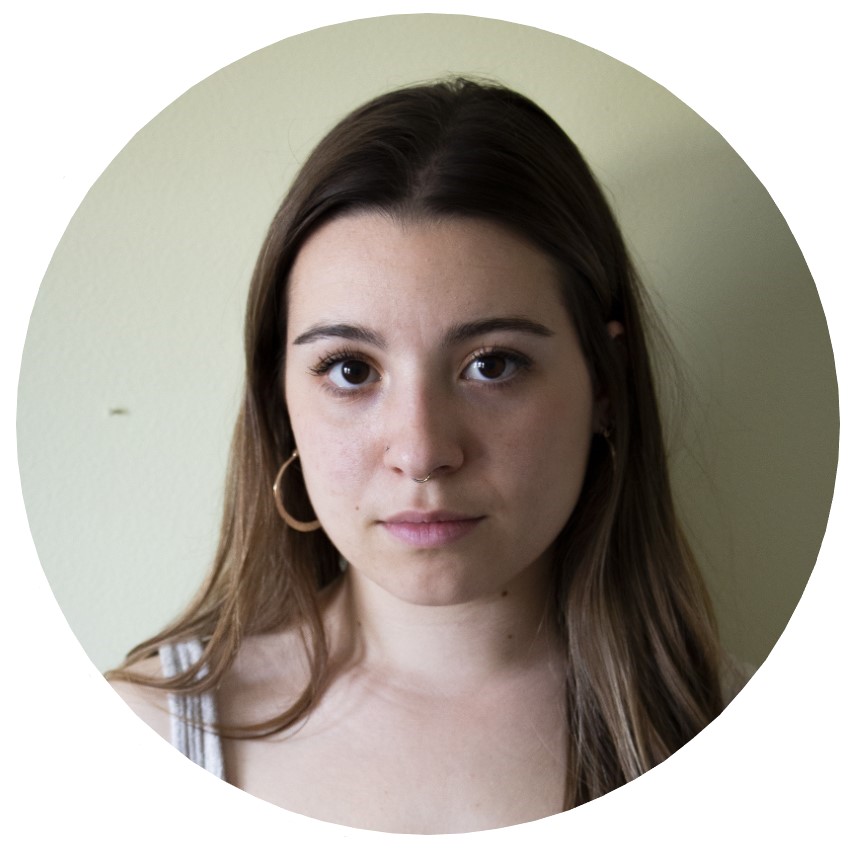
Laura Bony (UofA). Supervised by Miles Dyck.
My PhD project is studying coordinated nitrogen and sulfur fertilizer management for improved soil health, forage, and grain productivity and quality. I will be looking at different fertilizer treatments, and how it affects soil health and crop productivity as well as the microbial communities present. The knowledge I will gain from my PhD in soil science will be broadly applicable to other fields. After the completion of the PhD program at the University of Alberta, I intend to apply my knowledge in agriculture to help grow quality food in difficult environments.

Rafael de Souza Cavassani (UofS). Supervised by Derek Peak.
My research focuses on the use of charred particles from pyrolysis and from hydrothermal carbonization as a potential strategy for sustainable agriculture in tropical and temperate soil. I have two primary research goals: 1) investigate the use of carbonized particles for reducing the risks of environmental contamination by nutrient leaching; and 2) evaluate how char particles can affect phosporus (P) speciation, as well as to assess the use of these particles as a safe strategy for reducing P mobility and increasing P availability in a tropical and in a temperate soil.

Hamzat Fajana (UofS). Supervised by Steven Siciliano.
My research is to assess the influence of habitat quality on the biological fitness of organisms in chemically-stressed habitat via cellular energy dynamics tandem with changes in life history of the organism.

Amy Jimmo (UofS). Supervised by Steven Siciliano.
The goal of Amy's research is to further understand the role of carbonate mineralogy on the effectiveness of biostimulatory solutions delivered in situ. This goal will be achieved by evaluating the role of soil buffering capacity, which is regulated by soil carbonate content, on the adsorption of nutrients delivered via an amendment solution, the influence of an optimized biostimulatory solution on microbial activity under stimulated conditions and their interactions. The end goal is to create a tool that can be employed at different petroleum hydrocarbon contaminated sites enhancing biodegradation processes via biostimulation in cold region calcareous soils.
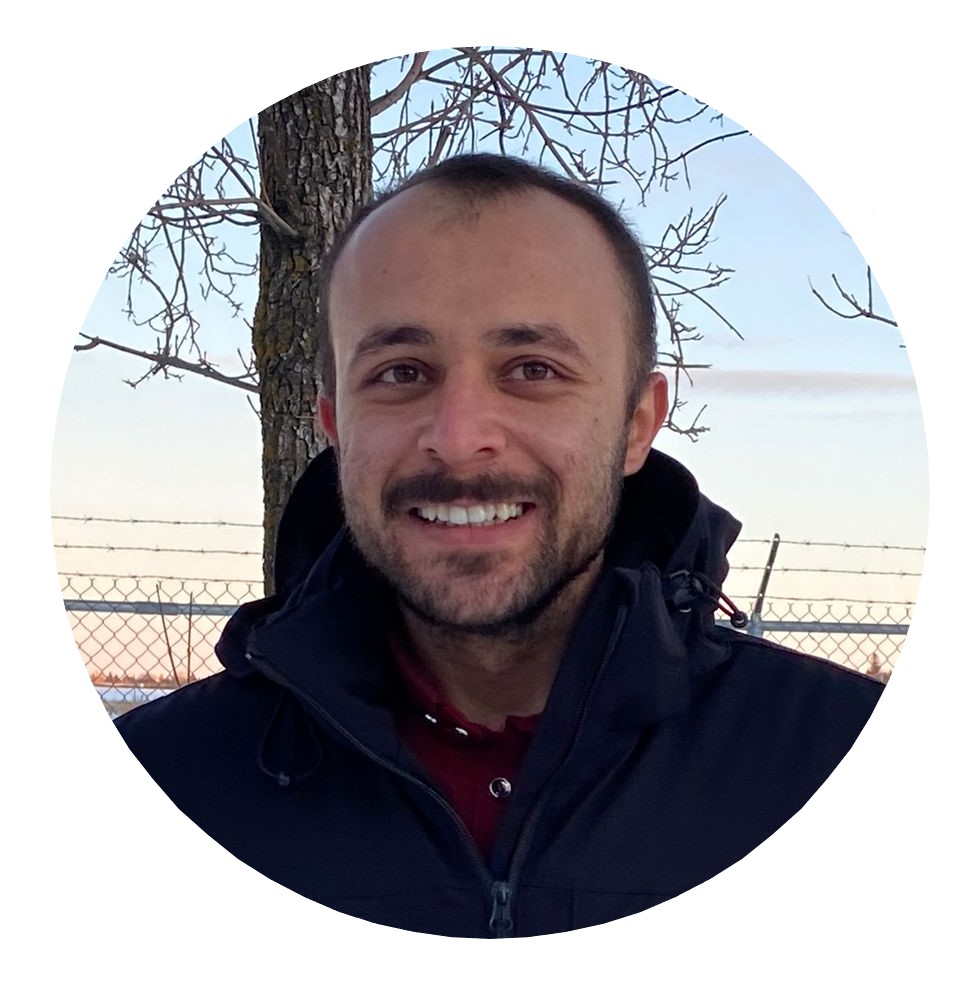
Keyhan Najafian (UofS). Supervised by Lingling Jin.
Keyhan Najafian is a Ph.D. student in Computer Science at the University of Saskatchewan. Keyhan is working on artificial intelligence applications for solving real-world problems in the field of computer vision. Keyhan graduated with honors from both his bachelor's and master's degrees.

Tony Tian (UofS). Supervised by Steven Siciliano.
Tony is using positron emission tomography (PET) to unlock where the biodegradation actually takes place, and what microenvironmental conditions maximize the degradation in fertilizer-contaminated soils.
Past students and fellows

Michael Schmidt (PDF at UofS). Co-supervised by Derek Peak and Steven Siciliano.
Micheal Schmidt worked for two years on the role of the iron anamox cycling in bulk fertilizer plants and characterization of iron minerals by synchrotron techniques. The goal of this project was to build flow-through column systems to characterize iron evolution as iron anamox bacteria reduce Fe(III) and oxidize NH3.

Ifeoluwa (Deborah) Ayanwale (UofS). Supervised by Jeff Schoenau.
Deborah completed her MSc in Soil Science in 2021. Deborah's research program focused on determining the effects of cattle manure application strategy: precision vs. traditional, on forms and amounts of soluble phosphorus and nitrogen in the soil, and exported in surface run-off water, along with coliforms. This research will provide a comparison among precision manure management, traditional constant rate of application, and commercial fertilizer on soil and water quality.

Rachel Brockamp (UofS). Supervised by Steven Siciliano.
Rachel completed her Master thesis in Soil Science in 2020. Rachel studied the Fe-ammox and Mn-ammox reactions and explored the reaction and responsible bacteria under the context of a fertilizer-contaminated site in Lomond, Alberta.

Paula Porto (UBC). Supervised by Sean Smukler.
Paula was part of the SAFER program in 2021 during her MSc research at UBC. Her research interests include mitigation and adaptation of agriculture practices in the face of climate change and sustainable management of natural resources. Her MSc research focused on the impact of soil drainage on soil greenhouse gas emissions (CO2, N2O, CH4) from blueberry farms in Delta, B.C.

Whitney Shannon (UofS). Co-supervised by Eric Price and Steven Siciliano.
Whitney completed her MSc in the chemistry department in 2020. In an effort to combine the non-invasive diagnostic abilities of positron emission tomography (PET) nuclear imaging with the high resolution optical contrast of fluorescence imaging, Whitney's project seeked to radiolabel the fluorescent molecule CDy11 (compound of designation yellow 11) through [18F/19F] exchange methods; affording a structurally identical, PET-active imaging agent. In doing such, we hypothesized that the newly radiolabeled imaging agent will serve as a bimodal PET/optical probe for bacterial biofilms. Ultimately, this will grant the newly radiolabeled CDy11 molecule greater applicability over its unlabeled counterpart; positively influencing the domains of agricultural and diagnostic sciences as both a probe for phenotypically relevant bacterial colonies and infectious microbial aggregates.

Theresa Adesanya (UofM). Supervised by Francis Zvomuya.
Theresa was part of the SAFER program during her last year of PhD studies, completing her thesis in 2021. Theresa studyied phytoremediation of antibiotics from wastewater/aqueous systems. Specifically, her research focused on the dissipation, uptake, and sorption of antibiotics with two plants commonly used for phytoremediation.

Geethani Eragoda Arachchilage (UofM). Supervised by Francis Zvomuya.
Geethani was part of the SAFER program during her last year of PhD studies, completing her thesis in 2021. Geethani's research focused on First Nations drinking water quality problems. Specifically, her research compared the microbial and chemical water quality in homes with different types of cisterns (storage tanks) and those that receive piped water.

